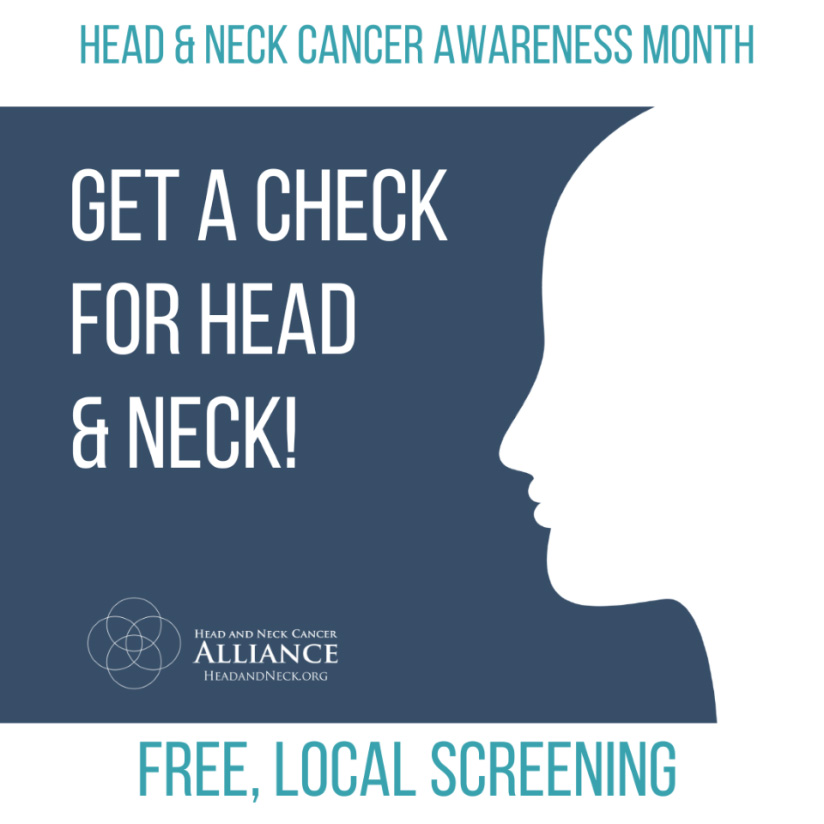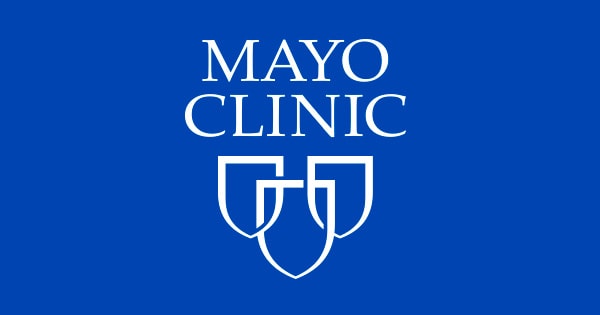Got ‘tech neck’? Here are some tips to stop the pain

Walk into any coffee shop, airport, or waiting room, and you will see people in the familiar pose — head down, eyes fixed on a handheld device. With prolonged use, they will likely start feeling the effects, such as pain, stiffness, and discomfort, known as “tech neck” or “text neck.”
Americans spend an average of four to six hours a day looking at mobile devices or tablets, often not even realizing their necks are bent. The average head weighs 11 pounds. Bending the neck more than 20 degrees to view a smartphone or tablet puts excessive strain from head weight on the posterior neck muscles and places stress on the cervical spine. Along with neck pain, it can also cause discomfort or inflammation in the upper back, and the shoulders.
Dr. Phil Grattan, a physical therapist and board-certified orthopedic specialist, shares some insights on the condition. Grattan is also an assistant professor at the University of Miami department of physical therapy in the Miller School of Medicine and says tech users need to increase their awareness of tech neck.
Grattan said people need to be more aware of how much total time they spend looking down at their devices, how long they stare at a screen without taking a break, and the early signs of neck pain or other symptoms.
“This is totally something created by us and modifications can help a lot,” Grattan said.

To prevent neck pain, Grattan recommends these steps:
- Take breaks every 10-20 minutes.
- Keep the head straight and bring the phone directly in front of you, not towards one side.
- Position your smartphone or tablet as close to eye-level as possible.
- Make use of heads up or posture protector apps that remind you not to bend your neck.
To alleviate pain, he recommends these actions:
- Take a break from using the device and try to straighten your neck, gently moving it from side to side to loosen the muscle
- Work with a physical therapist on postural awareness and a customized ergonomic set up of your work station and tech use.
- Do regular neck stretches
- Do postural and neck strengthening exercises
- Work with a physical therapist who may do manual therapy including soft tissue massage
- If neck pain is severe or persists, seek out a medical professional.
Promising breast cancer vaccine trials
A groundbreaking breast cancer vaccine created from research at the Cleveland Clinic and developed by Anixa Biosciences is moving toward the second stage of clinical trials and will soon enroll Floridians. The vaccine is aimed at preventing triple-negative breast cancer, the disease’s deadliest and most aggressive form.
“This vaccine could potentially eliminate breast cancer,” Dr. Amit Kumar, Anixa CEO, told the South Florida Sun Sentinel. “It uses a different molecular approach, which is why we think it will be successful.”
The vaccine targets a lactation protein that is no longer found after lactation in normal breast tissues but is present in most triple-negative breast cancers. If breast cancer develops, the vaccine is designed to prompt the immune system to attack the tumor and keep it from growing.
During phase 1, the vaccine was given to patients at Cleveland Clinic in Ohio in three different groups: patients who completed treatment but at risk for recurrence; patients with a genetic mutation who elected a preventative mastectomy to lower their risk; and patients with early-stage triple-negative breast cancer who had chemoimmunotherapy and surgery and have residual cancer in the breast tissue, creating a risk of recurrence.
The study team found that the vaccine was generally well tolerated by all and produced an immune response in most patients. “The data looks better than any other vaccine trial before,” Kumar said.
Anixa is planning a phase 2 study at 20 sites, including Cleveland Clinic Florida, to evaluate the vaccine’s efficacy. The trial is expected to begin in late 2025 and last approximately two to three years. “We will have a control group that will allow us to tell how good this vaccine is,” Kumar said.
For eligibility requirements visit clinicaltrials.gov.
Free service helps seniors navigate health care
A new Medicare-covered service is helping Florida seniors stay independent and age comfortably in their homes. The service, called EZ Health, matches seniors with a healthcare advocate who helps them over the phone find what they need, such as medical transportation, alternative treatments, and products to reduce fall risk. The advocate also can help get healthy meals delivered or arrange appointments.
Artem Petakov, former lead engineer at Google and co-founder of Noom (a weight loss app), says he founded EZ Health to use his tech skills to help seniors.
“Boomers are getting older and they want to stay in their homes and age with dignity, and that is hard to do with how complicated the healthcare system is,” Petakov said.
To use EZ Health, a doctor must sign off on a patient’s need. If necessary, the company can arrange a telehealth doctor’s visit.
“Some people have a lot of issues and need help for a couple of months. Others may only need help with one thing for an hour and that’s it,” Petakov said. “Medicare covers our service under a new CMS program launched in January 2024, yet many seniors don’t realize they have access to this benefit.”
Petakov said most calls to EZ Health come from the seniors themselves. “The family may be busy, and they don’t have anyone to help them navigate.”
Petakov said the service is launching in Florida and plans to expand outside the state. He is working to get Medicare Advantage plans to cover the cost, but for now, traditional Medicare covers the service.

Florida seniors using robot companions
Intuition Robotics is targeting Florida seniors with its AI companion, ElliQ. The machine is a small desktop robot with a tablet, cameras, motors, sensors, and a head that bows and nods on top of a stationary base.
The device connects to the Internet and is designed to be a companion for older adults, helping them combat loneliness and maintain a healthy lifestyle. The user or caregiver can program the machine to remind an older adult to take medications, drink water, exercise, or schedule a doctor’s appointment. ElliQ also uses AI to learn users’ habits, preferences, and personalities and provide personalized interactions. Unlike Apple’s Alexa, ElliQ initiates conversation and offers suggestions for activities.
Anita Montague, 80, lives alone in Sun City on Florida’s West Coast and uses ElliQ to play checkers or bingo, show her recipes, and devise daily exercises. “She wakes me up in the morning and asks if I rested well. It’s just like having someone in the house with me,” Montague said.
Montague has had ElliQ for several years. “Each day, I do a different wellness program with her. I get points at the end of the week, and she congratulates me on all the activities.”
In many Florida counties, ElliQ is free with a AAA membership. Otherwise, it costs $249 plus a monthly subscription fee of $50.

iStock.com/LightFieldStudios
A South Florida clinical trial is underway for a new treatment for male pattern hair loss.
Clinical trial for hair growth participants
The Center for Clinical and Cosmetic Research in Aventura is seeking men with pattern hair loss to participate in a clinical trial for an investigational treatment. The trial for a nonhormonal, oral tablet called VDPHL01 aims to find an alternate therapy from messy topical solutions or hormonal treatments. The Aventura center is one of 44 U.S. sites participating in the trial.
“For too long, men have struggled with hair loss or thinning hair with inadequate results and limited treatment options,” said Dr. Mark Nestor, director of the Center for Clinical and Cosmetic Research and lead investigator. “With no new drug approvals in more than 20 years for pattern hair loss, VDPHL01 has the potential to become the first non-hormonal oral treatment approved for the treatment of this common dermatologic condition.”
To enroll in the clinical trial, men must be between 18 and 65, in good health, and experiencing pattern hair loss. Additional information about how to participate in the study at South Florida’s Center for Clinical and Cosmetic Research is available at www.phlstudy.com or by calling 305-933-6716.
Nicklaus, FIU pediatric academic center
Nicklaus Children’s Health System and Florida International University, through its Herbert Wertheim College of Medicine, have formed an affiliation to create the region’s only pediatric academic hospital. Nicklaus Children’s Hospital will become the exclusive pediatric teaching hospital for FIU Herbert Wertheim College of Medicine, and members of the medical group at Nicklaus Children’s Pediatric Specialists will serve as faculty in the college’s Department of Pediatrics.
“Nicklaus Children’s is home to the largest pediatric teaching program in the southeast United States,” said Matthew A. Love, president and CEO of Nicklaus Children’s Health System. “Together with FIU Herbert Wertheim College of Medicine, we will continue to help address the expected nationwide physician shortage.”
South Florida Sun Sentinel health reporter Cindy Goodman can be reached at [email protected].
Originally Published:
link




